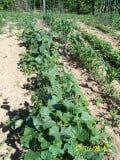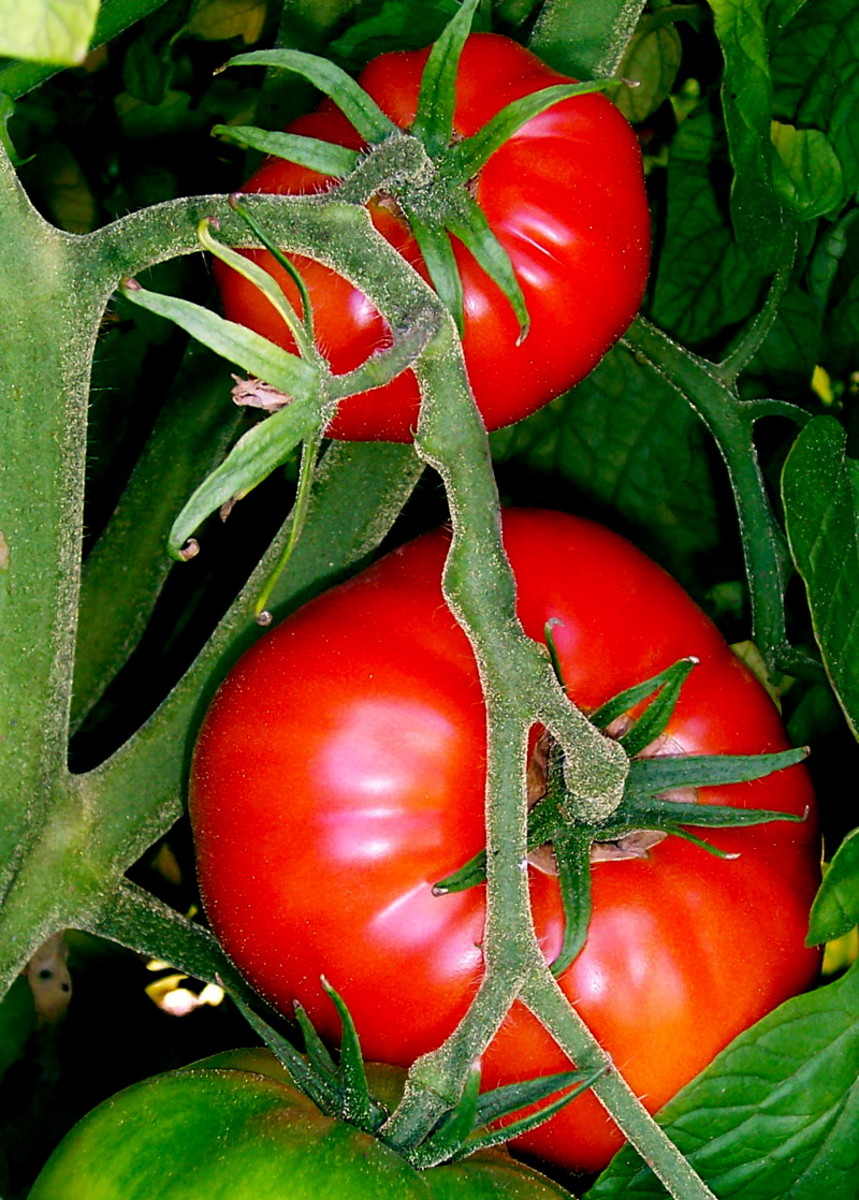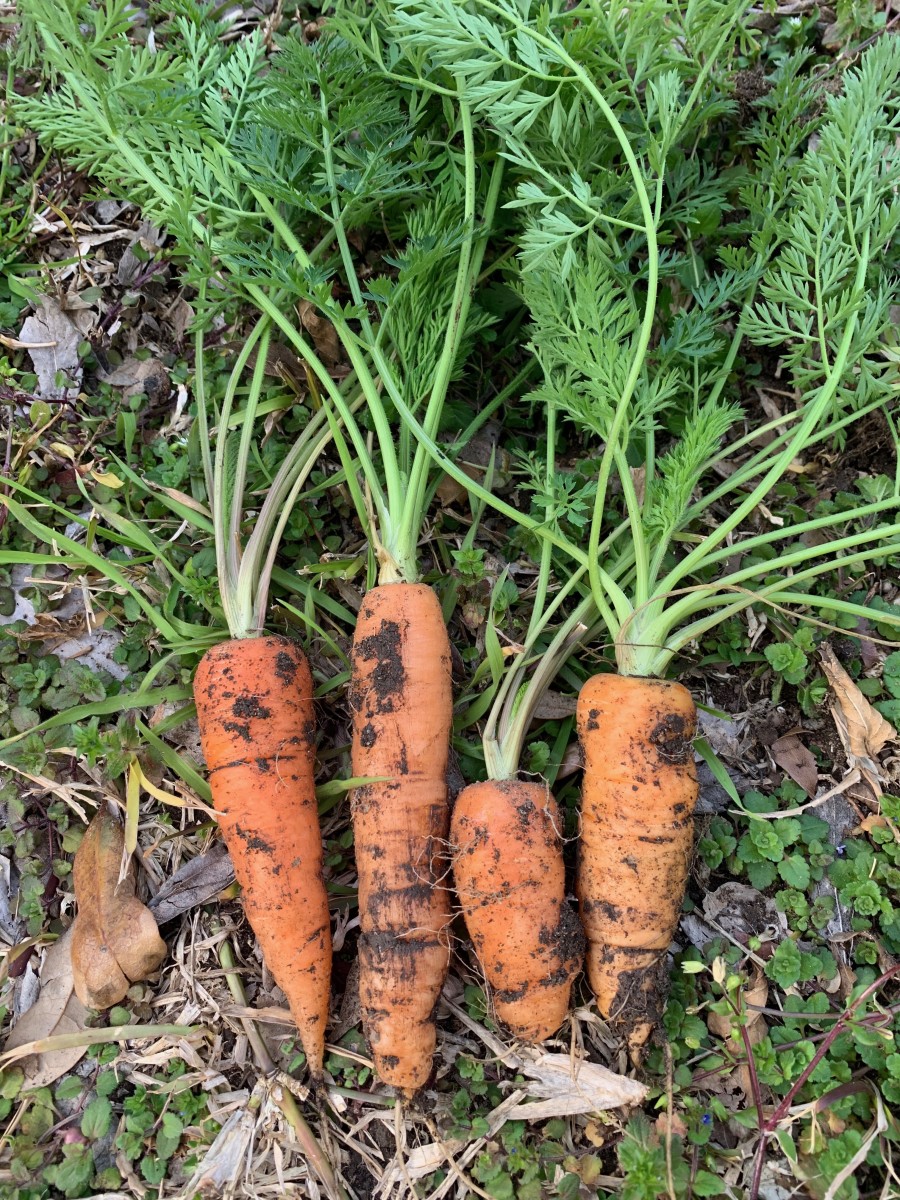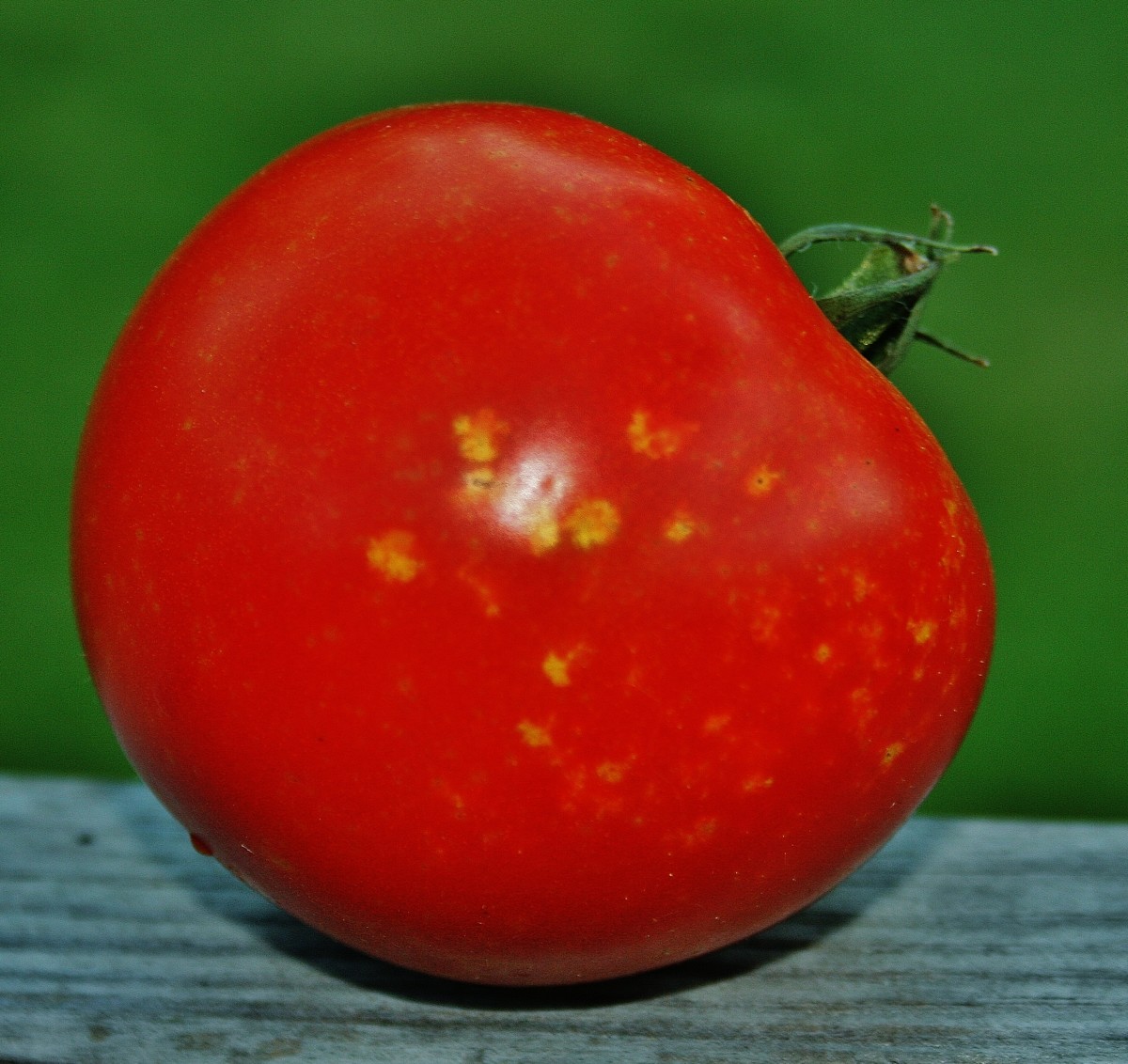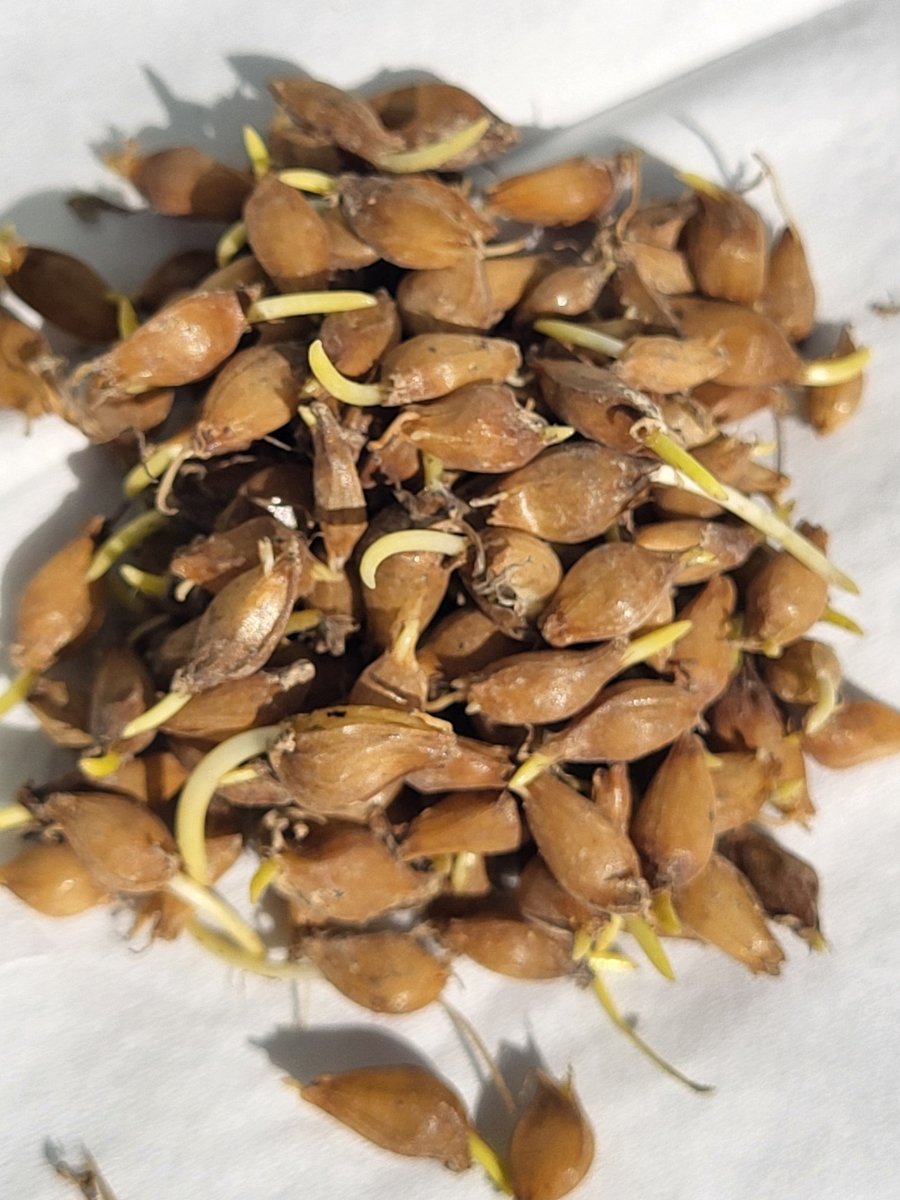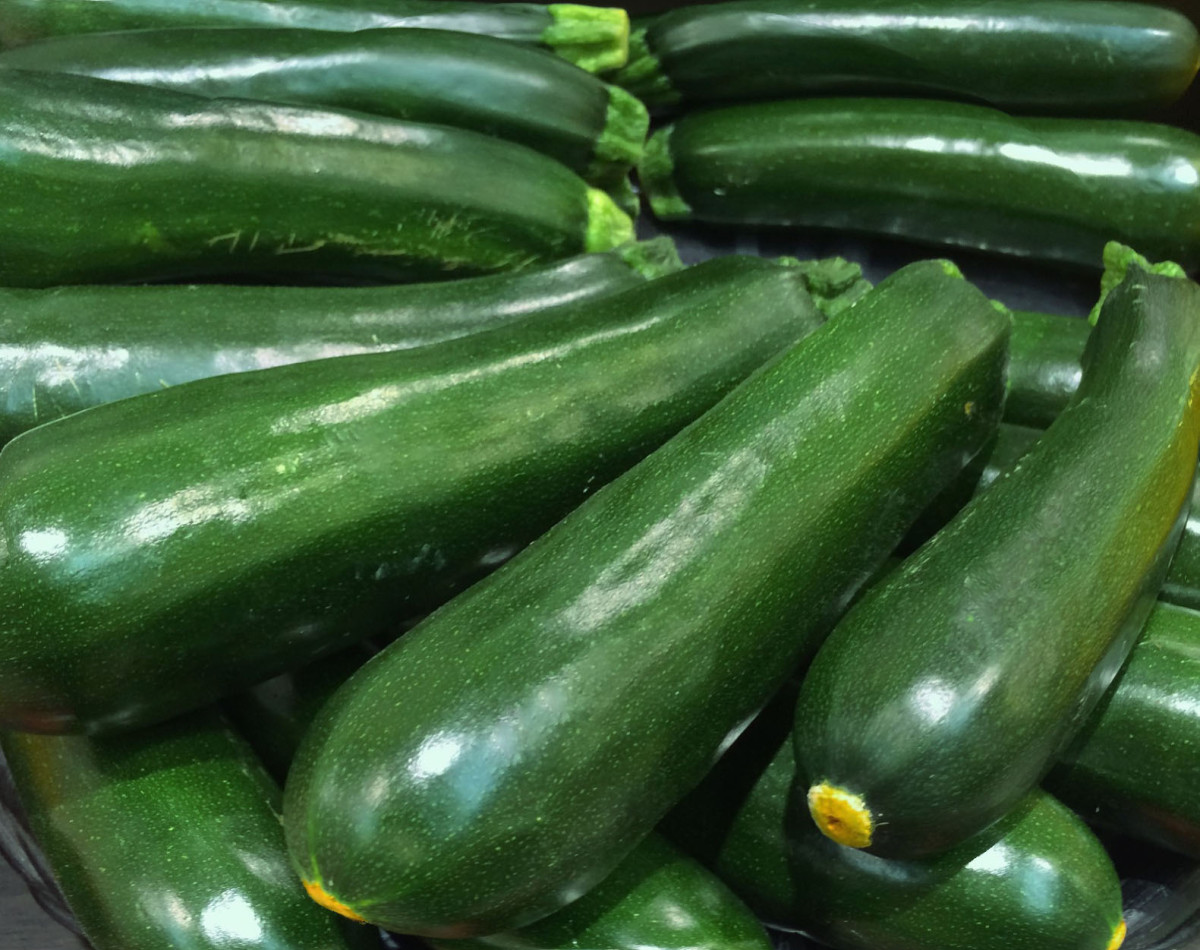Seeds you can plant for Summer
Spring is Here; Time for Summer Planning!
In most U.S. regions, you probably have already planted or will imminently be planting your spring veggie seeds. With the spring growing season taking roughly 6 to 8 weeks, summer will be upon us before you know it. It is not too early to decide what you will be planting for the summer months. A little prep work now can lead to an easy transition into the summer growing season.
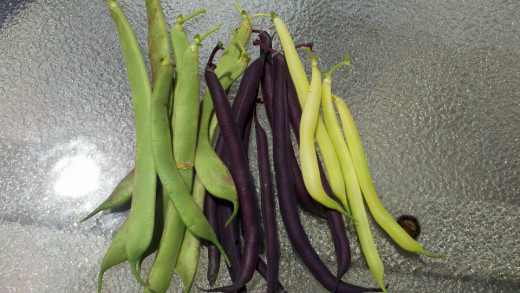
When to Plant
Generally, it is ok to plant your summer vegetables when you are past your last frost date for your region. Here in Zone 5, that is usually around Mother's day. Keep a close watch on the weather patterns for your area.
Most plants can take low temps and light frost occasionally, but prolonged nighttime cold temps will stunt or may even kill tender summer plants. As a rule of thumb, put your veggies in when soil temps have reached 65 degrees and nighttime temps are above 50 degrees. If you are planting in raised beds, they tend to heat up faster, so you may be able to plant a little sooner.
Do you plan on having a summer vegetable garden this year?
What to Plant
There is such a wide variety of vegetables out there, it is hard to choose. I try to narrow my list down every season and plant varieties I have never tried before to keep things interesting.
My general rule of thumb is to only do two types of tomatoes (one regular and one cherry type), sweet peppers (one variety) and hot peppers (one variety). These plants are what I consider the "staples" of the summer vegetable garden. I also like to add in beans, cucumbers, lots of herbs (I do a lot of cooking) and experiment with some not so common things like Okra or Eggplant.
The plants below aren't a complete list, more of a teaser on what you might think about growing this summer.
Beans (Bush and Pole Types)
Direct sow after danger of frost. Plant seeds 1/2 deep and 6 inches apart or more. Beans do best in full sun, but can take part shade in areas with intense summer heat. Pole types require a trellis to climb. Bush types are best suited for smaller spaces and can be grown in containers.
Common Problems include bean beetles, which can defoliate a plant quickly if not gotten under control. I find the best means of eradication is using DE (Diotomaceous Earth). It is completely organic and natural. Spray the fine talc-like powder on the leaves, making sure you get the underside as well. DE contains microscopic fossilized plankton-like sea creatures called Diatoms, which scratch the coat of hard-bodied insects, causing them to die.
Tomatoes
I usually pick one beefsteak or slicing tomato plant and one cherry-type tomato plant. It is easy to purchase these starts from your neighborhood garden center. Sometimes, I cannot find the variety I would like, so about 6 weeks before my last frost date, I will start them from seed indoors.
Using a seed starting mix, I sow one seed per cell about 1/4 of an inch deep. Water them in well. Keep in a warm spot, generally anything above 65 degrees (the top of the fridge is perfect for this). Seedlings will emerge 7 to 12 days. Keep seedlings in a sunny south-facing window and check for moisture every few days. Once temps outside during the daytime get above 50 degrees, slowly acclimate the seedlings to the outdoors and bring them in at night. Plant out when conditions are right (after last frost date and soil temps above 65 degrees)
A common pest for tomatoes are the tomato horn worm. The best means of combatting them is to pick them off by hand and drown them in a bucket of soapy water.
Blossom end rot is another common problem due to lack of calcium in the soil. To combat this, I like to add some crushed egg shells and a pinch of Epsom salts to my planting hole.
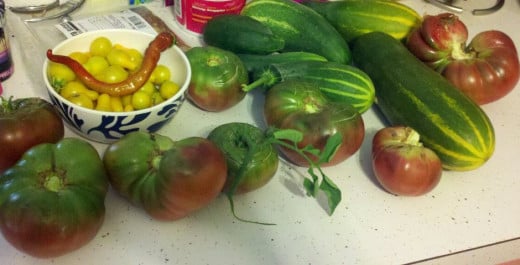
Peppers (Sweet Bell and Chili)
Peppers grow similarly to tomatoes, although I find the chili types perform well when temps get really unbearably hot, while sweet peppers tend to struggle a bit in those types of temperatures.
Purchase starts from your local garden center or you can grow them from seed indoors 6 to 8 weeks before your last frost date. The sowing process is the same as tomatoes (see above).
Peppers in my experience do not have any significant problems with pests or disease. A plant-it-and-forget-it type of vegetable!
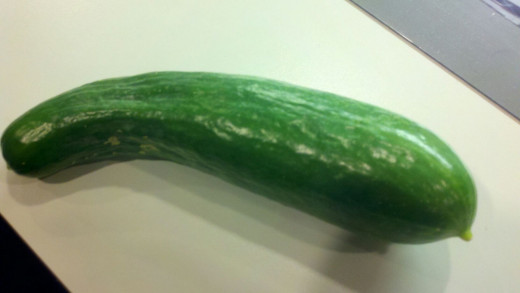
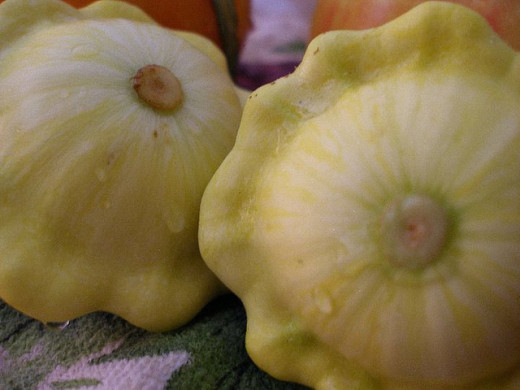
Cucumbers and Summer Squash
Cucumbers and Squash do their best when directly sown in full sun and well-drained soil. They do well directly in the ground and in containers if you are trying to save space. Most types are ramblers, but there are new hybrid types that are bush-type and perfect for containers or where space is limited.
Direct sow seeds 1/2 deep and 6 to 12 inches apart. You can choose to train the vines onto a trellis, but it isn't required. Occasionally, cucumbers are bothered by cucumber beetles/borers or powdery mildew. For any hard-bodied pest, DE is the way to go (see Beans section for more on this). Powderly mildew can be combatted by making sure plants are spaced apart. Good air circulation is a must. Watering in the AM so that plants have a chance to dry out during the daytime is also recommended.
Pumpkins
A fun way to introduce children to gardening is growing your own pumpkins and then carving them for Halloween. Most types require a lot of space to ramble, so keep that in mind if you are planning on growing some. Vines can reach 12 feet or more depending on the variety.
Pumpkins can be directly sown in the garden after your last frost date. Sow seeds 12 inches apart and 1/2 inch deep. Seedlings emerge in about 12 days. Common problems are powdery mildew (see cucumbers and squash module for care instructions).
Pumpkins do well in cold fall temps, which means they are still growing when all other summer vines (cucumbers, squash) are dying back. Pumpkins are ready for harvest when they have met their correct hue (see seed packet for what it is supposed to look like) and the stem is drying out and starting to detach from the vine.
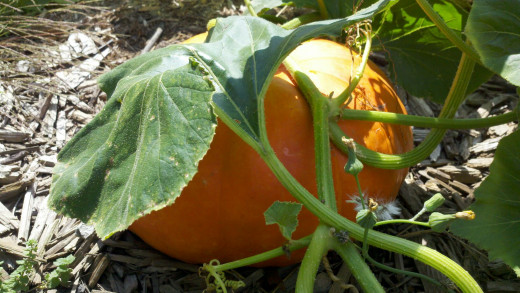
Watermelon
Most varieties of Watermelon require a long growing season. In my zone, only certain types are able to be grown because of this. If you are in one of the northerly zones, look for varieties that have a shorter days to maturity number. Generally for the north, anything that lists days to maturity under 75-80 days seem to work best.
Watermelons can be directly sown after danger of frost in a full sun area with well-draining soil. Sow 12 inches apart and 1/4 inch deep. Seedling emerge 7 to 10 days.
To get a jump start, I start them indoors 6 weeks before my last frost date (see sowing tomatoes from seed module for instructions).
Fruit is ripe when full color is present and when knocking on the watermelon produces a hollow-like sound. Vines can get pretty long (like Pumpkins) so make sure there is enough space for it to ramble.
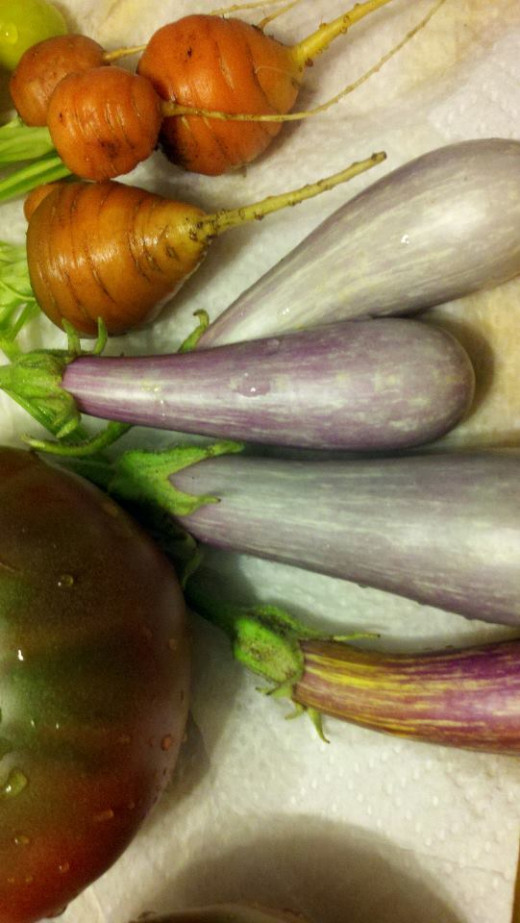
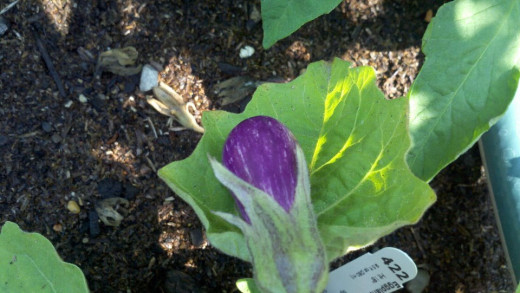
Eggplants
A member of the nightshade family like Tomatoes and Peppers, Eggplants are best grown from starts. I have tried (and failed) to get them to grow properly when started indoors from seed, so I usually leave it up to the experts. There are a ton of varieties out there from your familiar black/purple egg-shaped to new hybrids and Asian types.
Eggplants don't require a lot of space, so they can be grown in containers as well. Plant seedlings out after last frost in full sun and well-draining soil. You can pick eggplants when babies or allow them to mature.
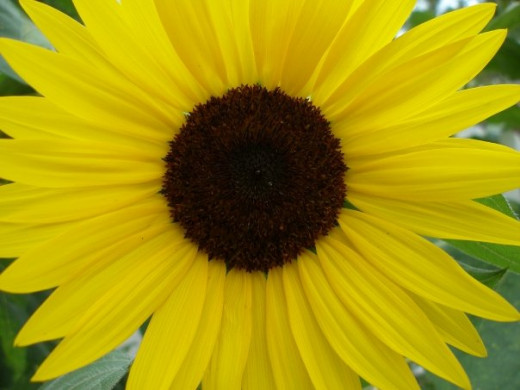
Other Annuals that Work Great with Vegetables
Along with vegetables, I always grow a few herbs/annuals as staples in the garden:
Basil: Direct sow 1/4 of an inch deep and 1 inch apart.
Parsley: Direct sow 1/4 inch deep and 1 inch apart. Make sure you over-plant for hungry butterflies!
Nasturtiums: These beautiful flowering plants are also edible! Both the flowers and leaves can be used in salads and provide a peppery kick. Their seeds are hard, so nick with a file and soak overnight in lukewarm or room temperature water. Direct sow 1/2 inch deep and 2 to 3 inches apart. They grow well in containers in full sun to part-shade and will cascade over a pot.
Sunflowers: They attract beneficial insects and some varieties provide seeds for snacking (for both humans and birds). They have a shallow root system, so they can perform well in containers. Direct sow 1/2 inch deep and 1 to 2 inches apart in full sun.
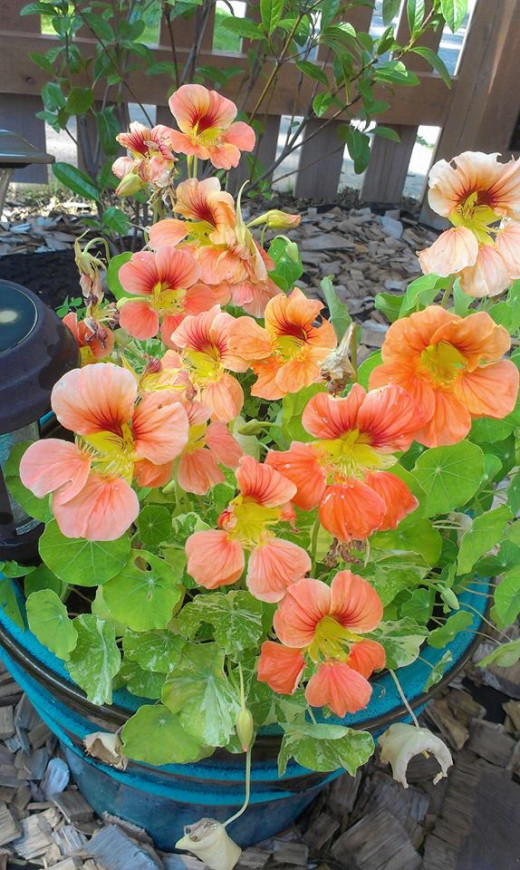
Growing Advice
There are so many different vegetables available to the home grower. In winter, I like to browse the seed catalogs, tagging my favorite items and narrow down my list from there. Plant what you and your family enjoys eating. Plant extras if you have the space to trade with friends, family and neighbors. If you planted too much, learn preserving techniques to keep you flush with delicious home-grown vegetables throughout the winter months. Have fun and experiment!
The Most Complete Canning Book Out There
© 2014 Lisa Roppolo



